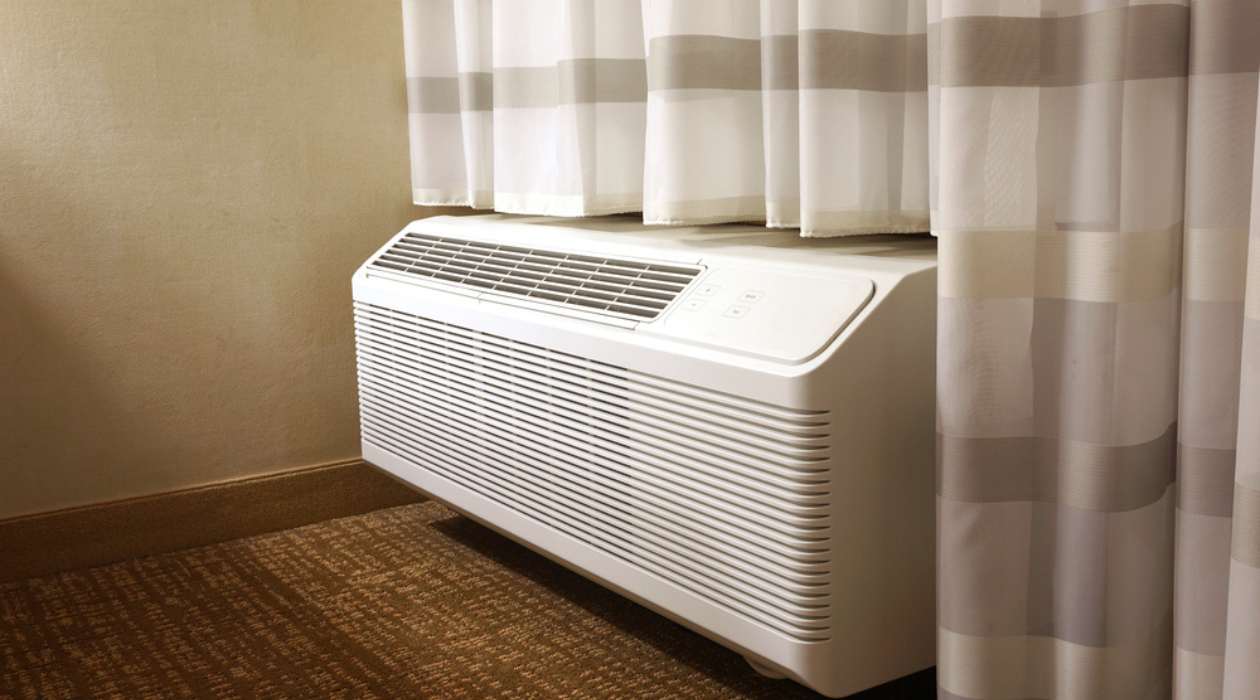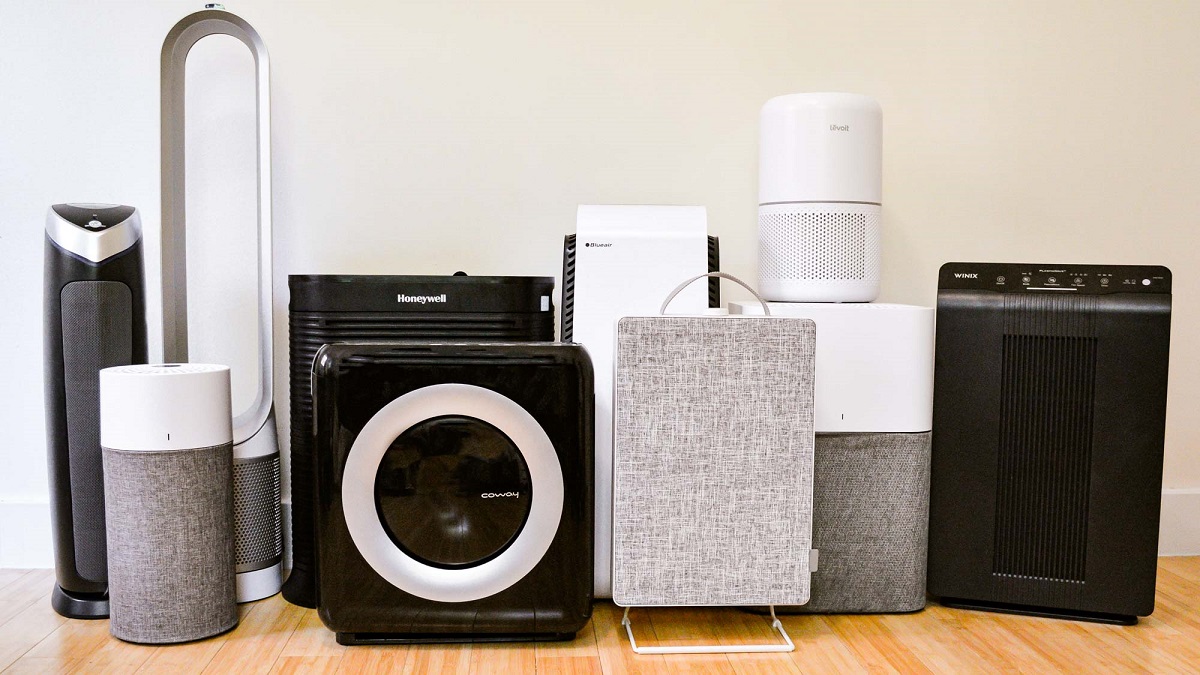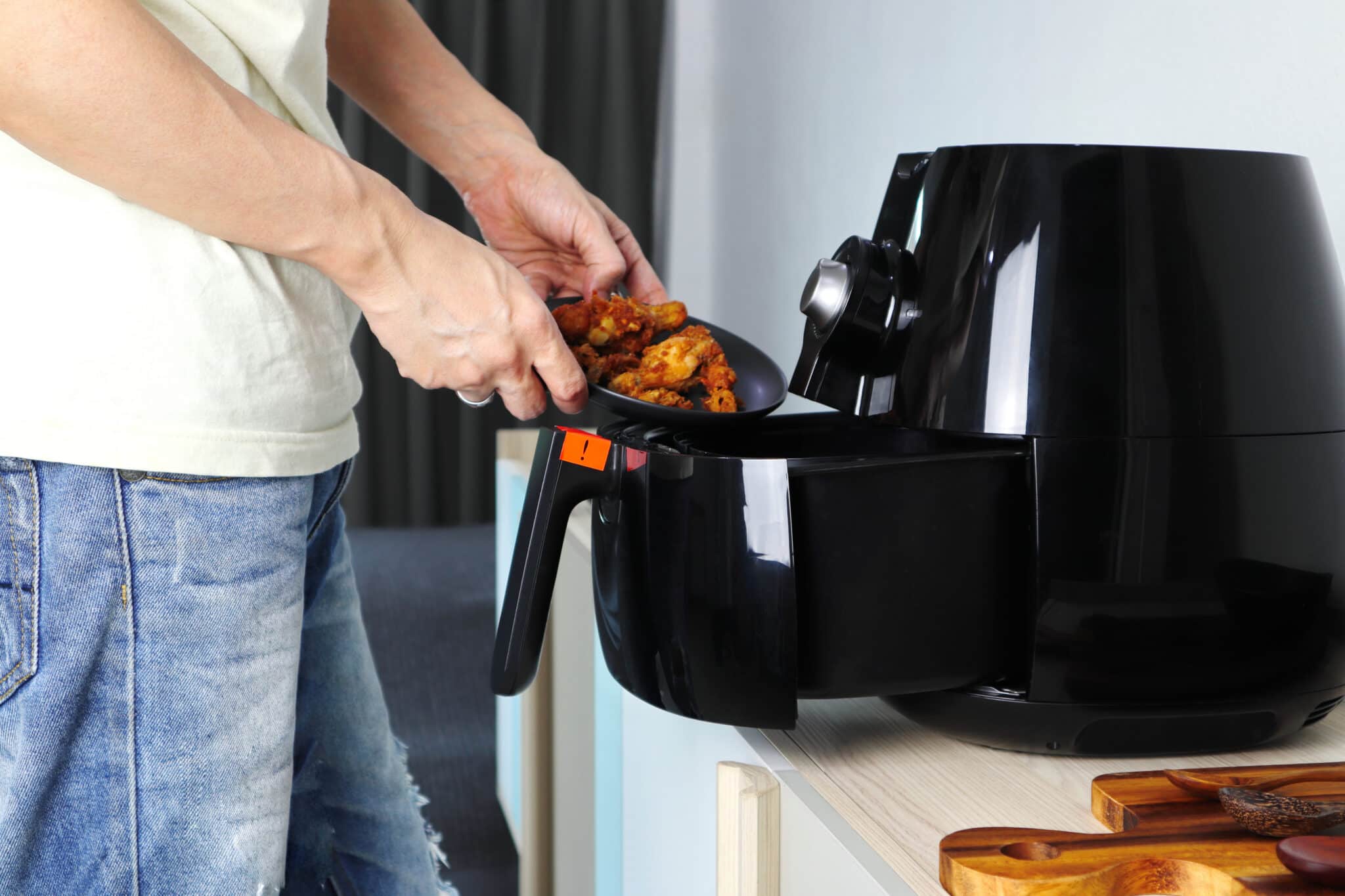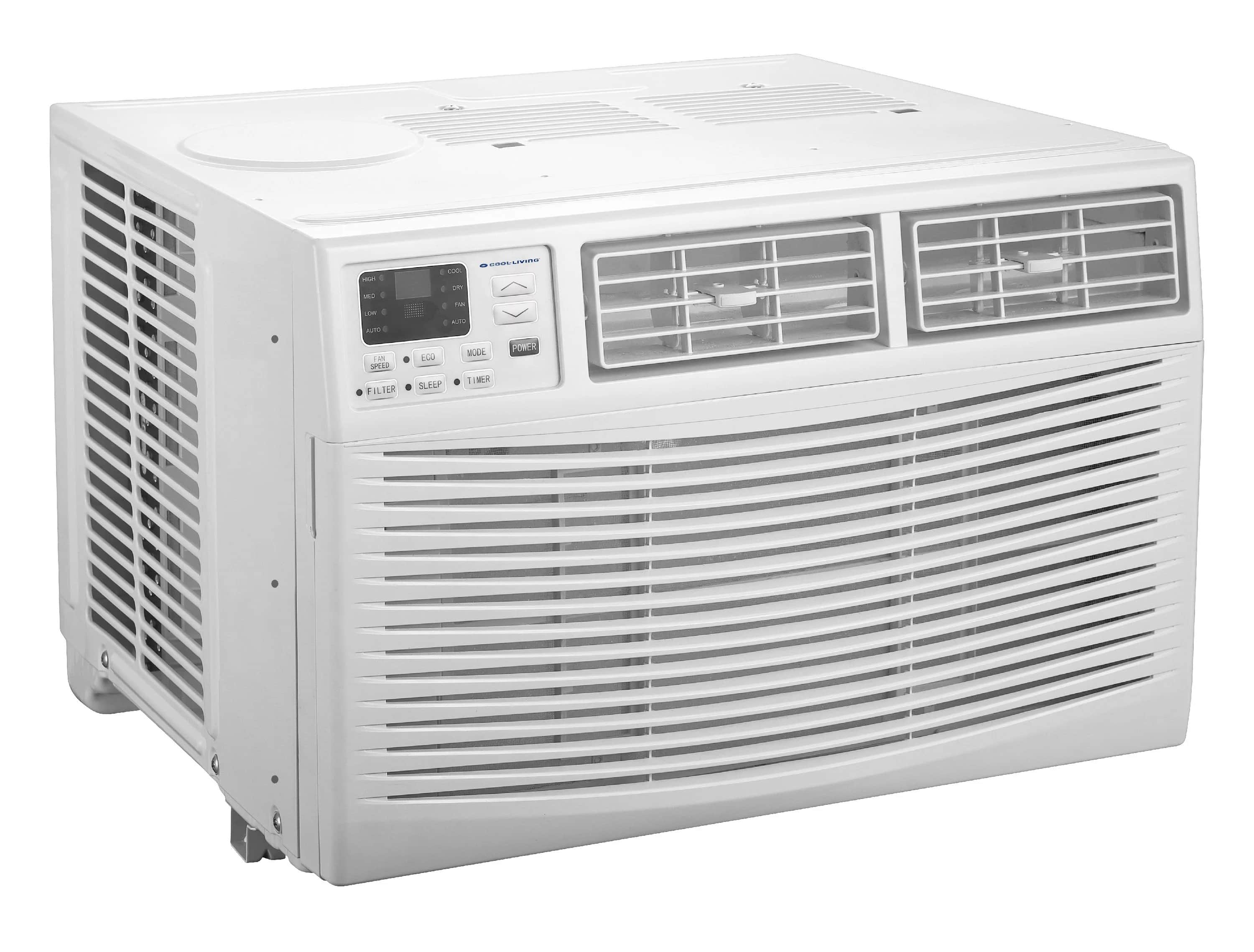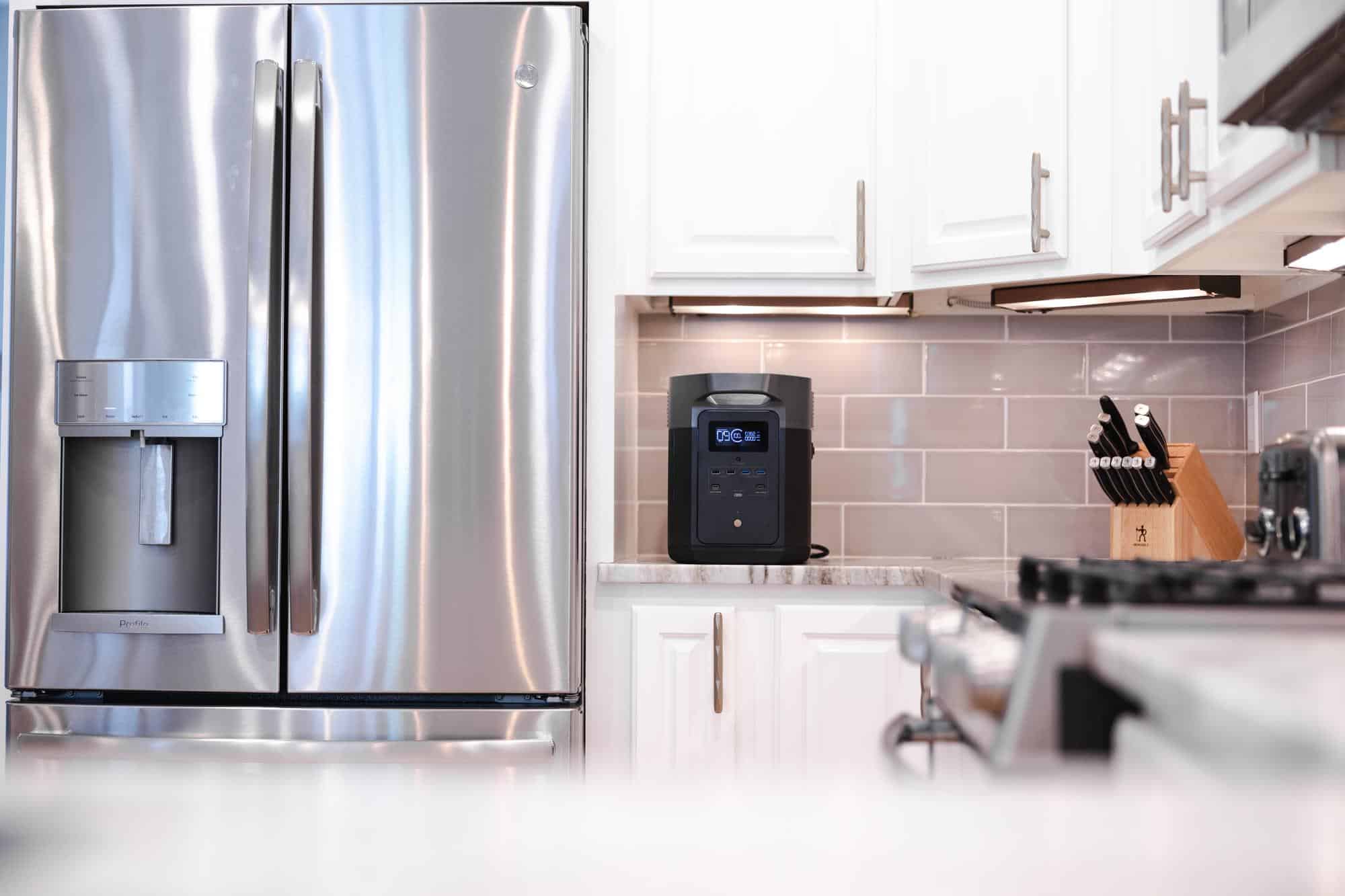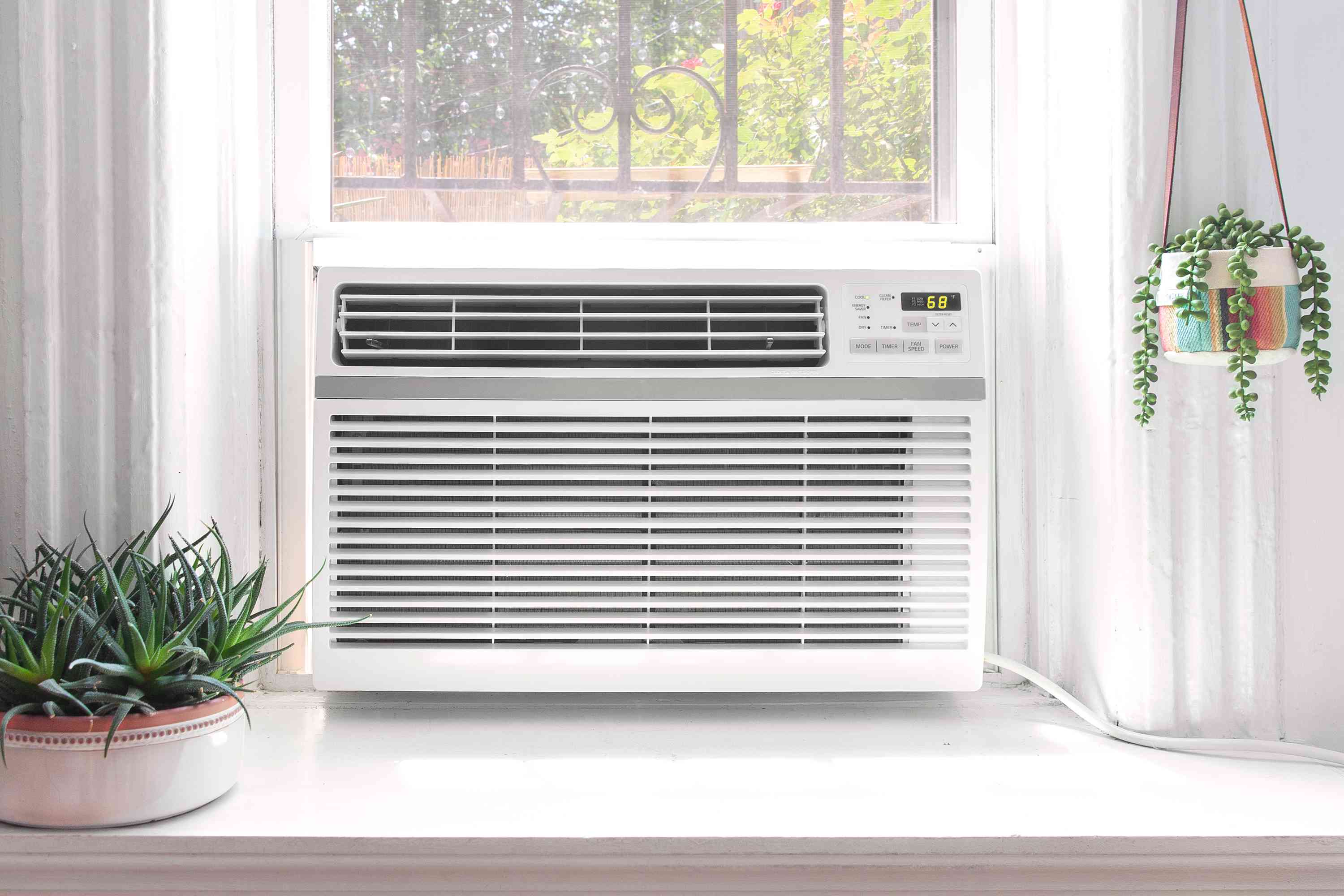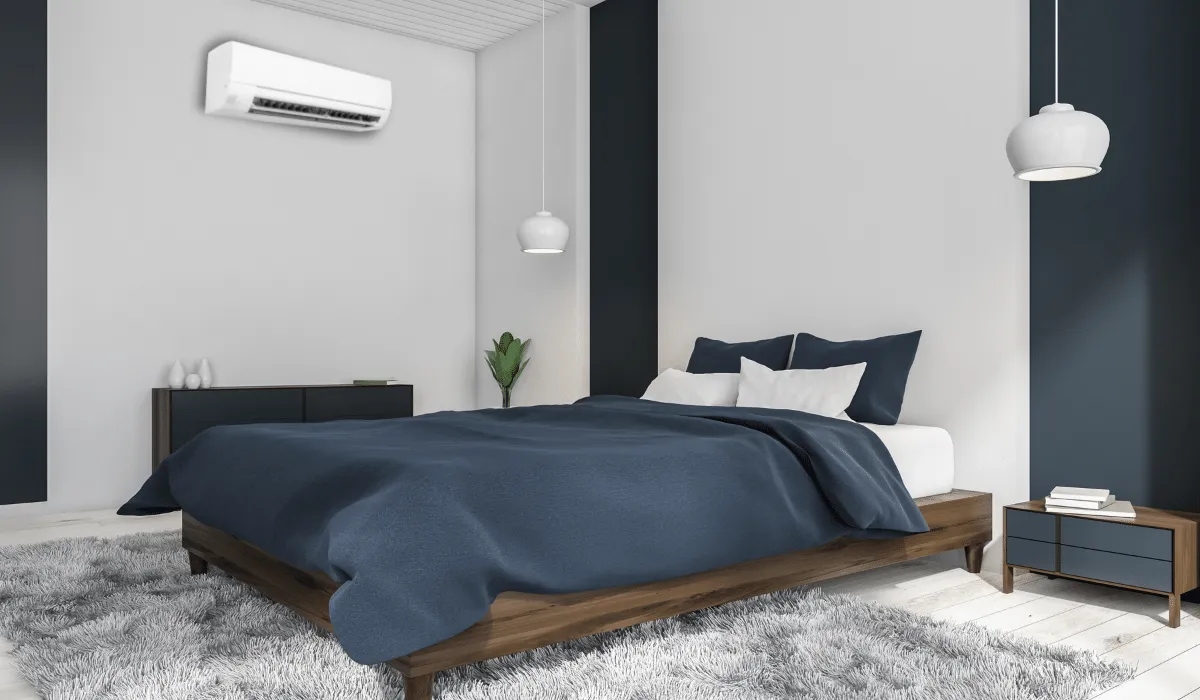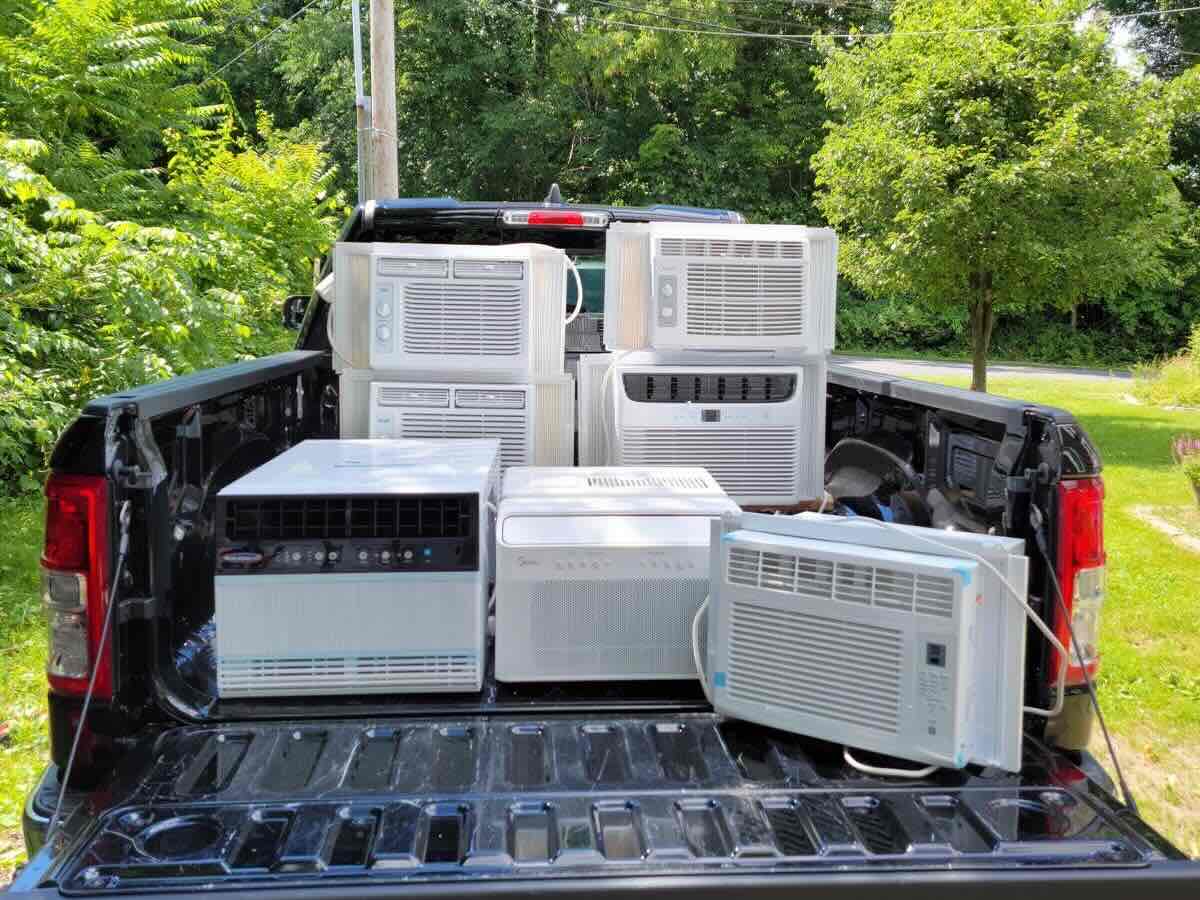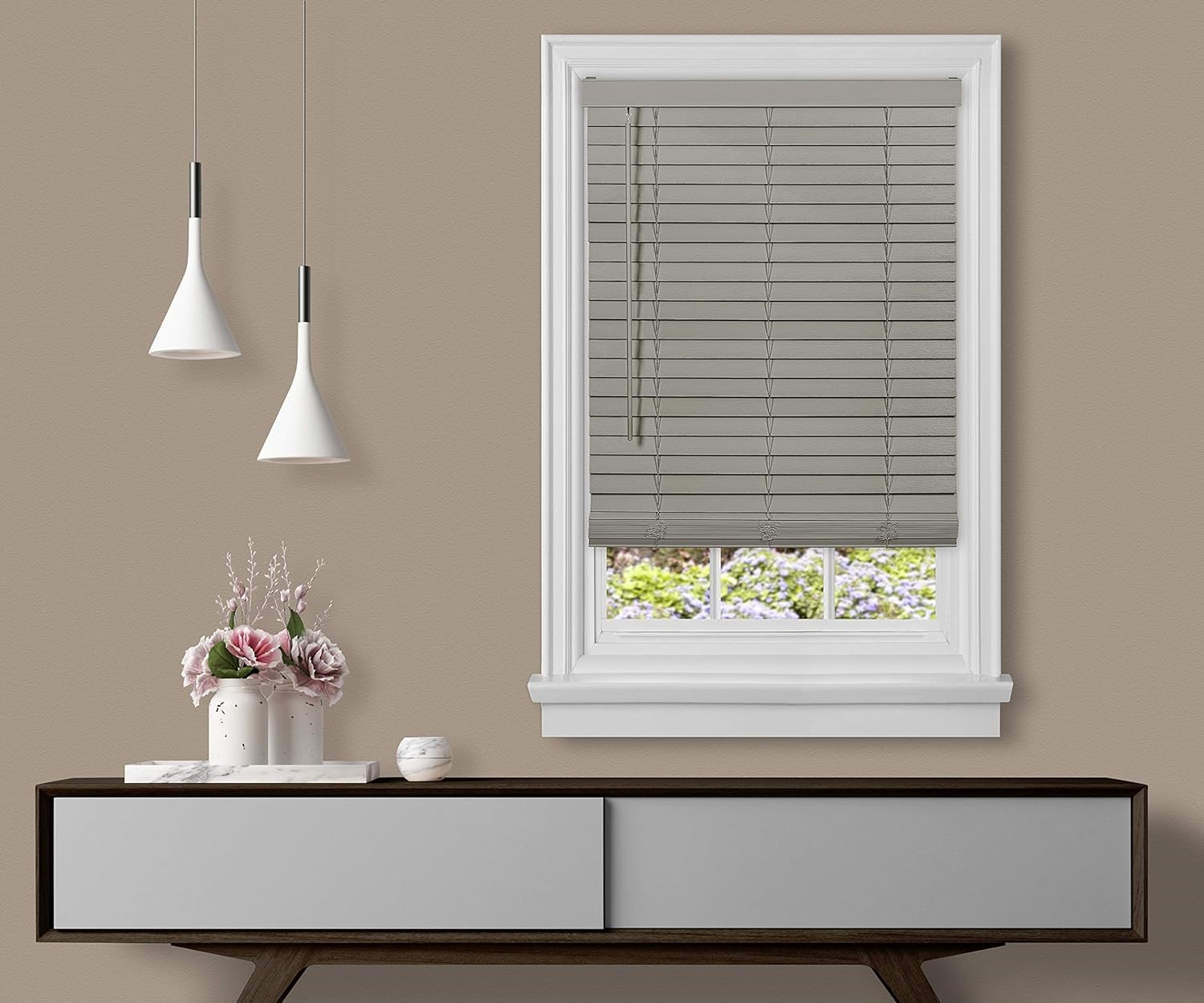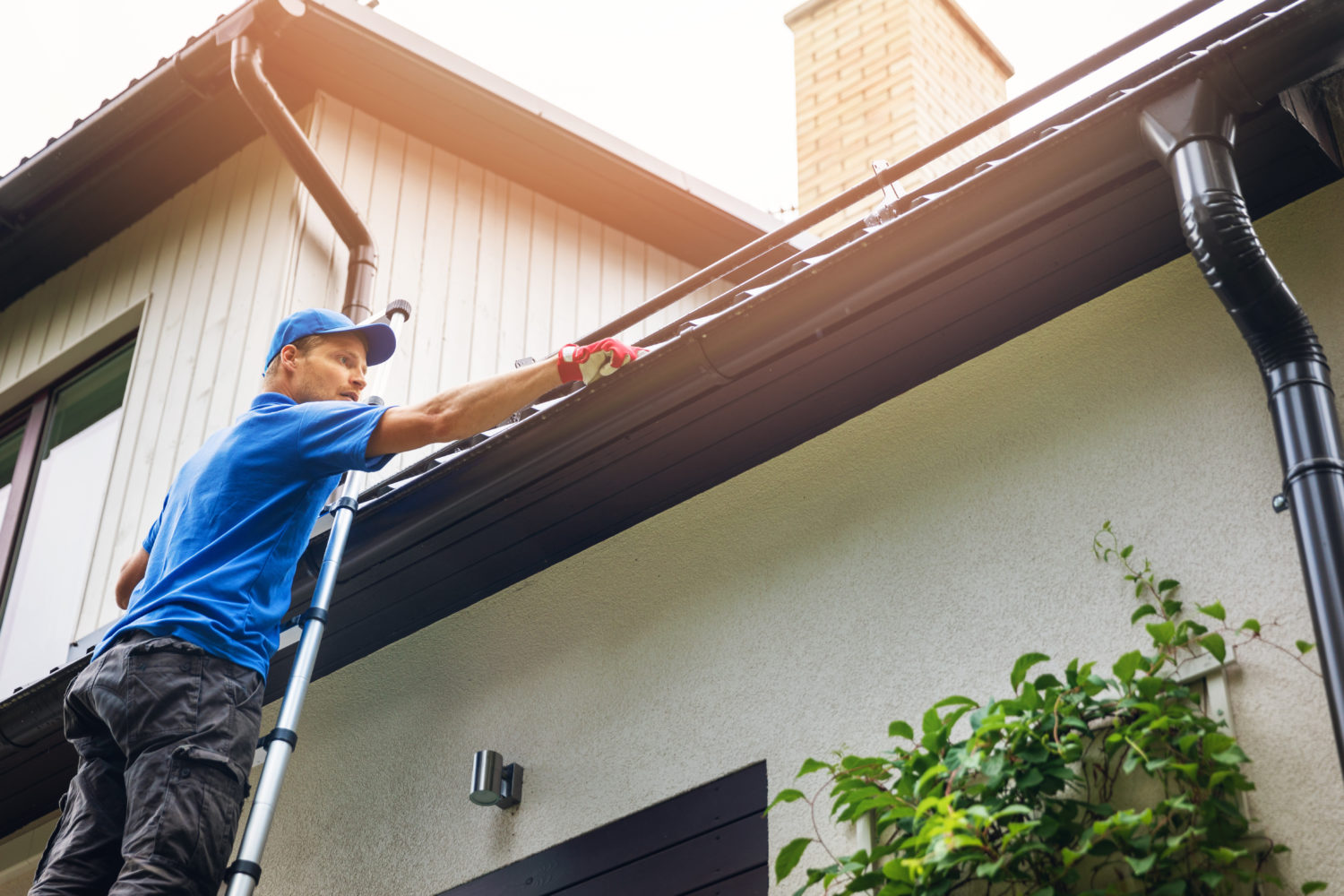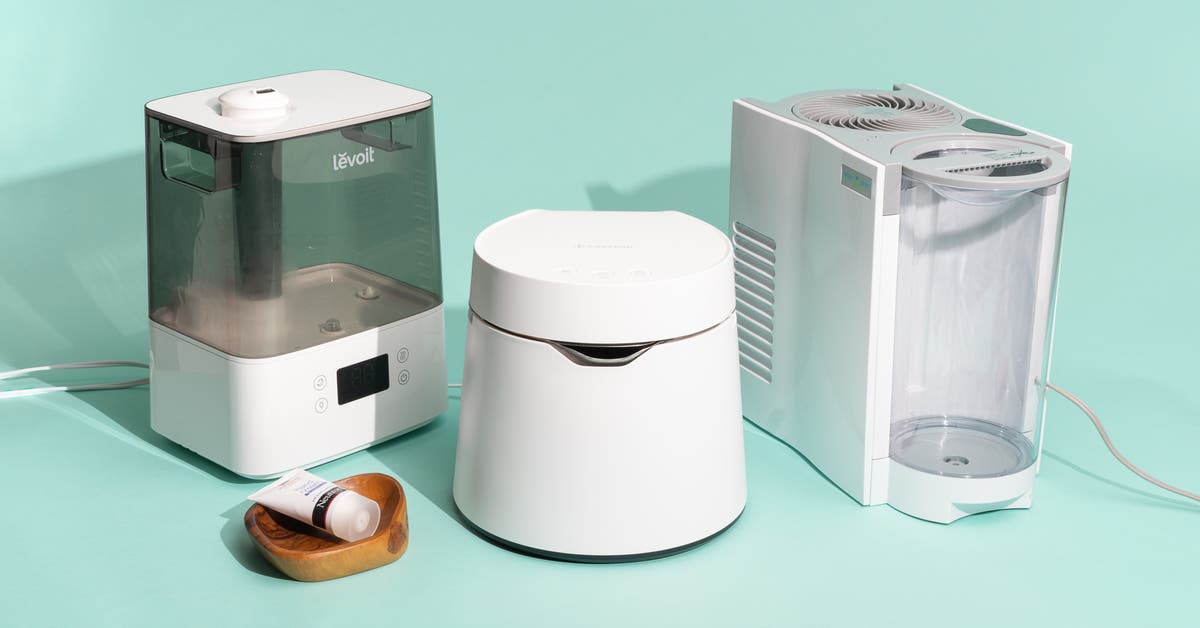Home>Home Maintenance>What Size Generator Do I Need To Run A Window Air Conditioner
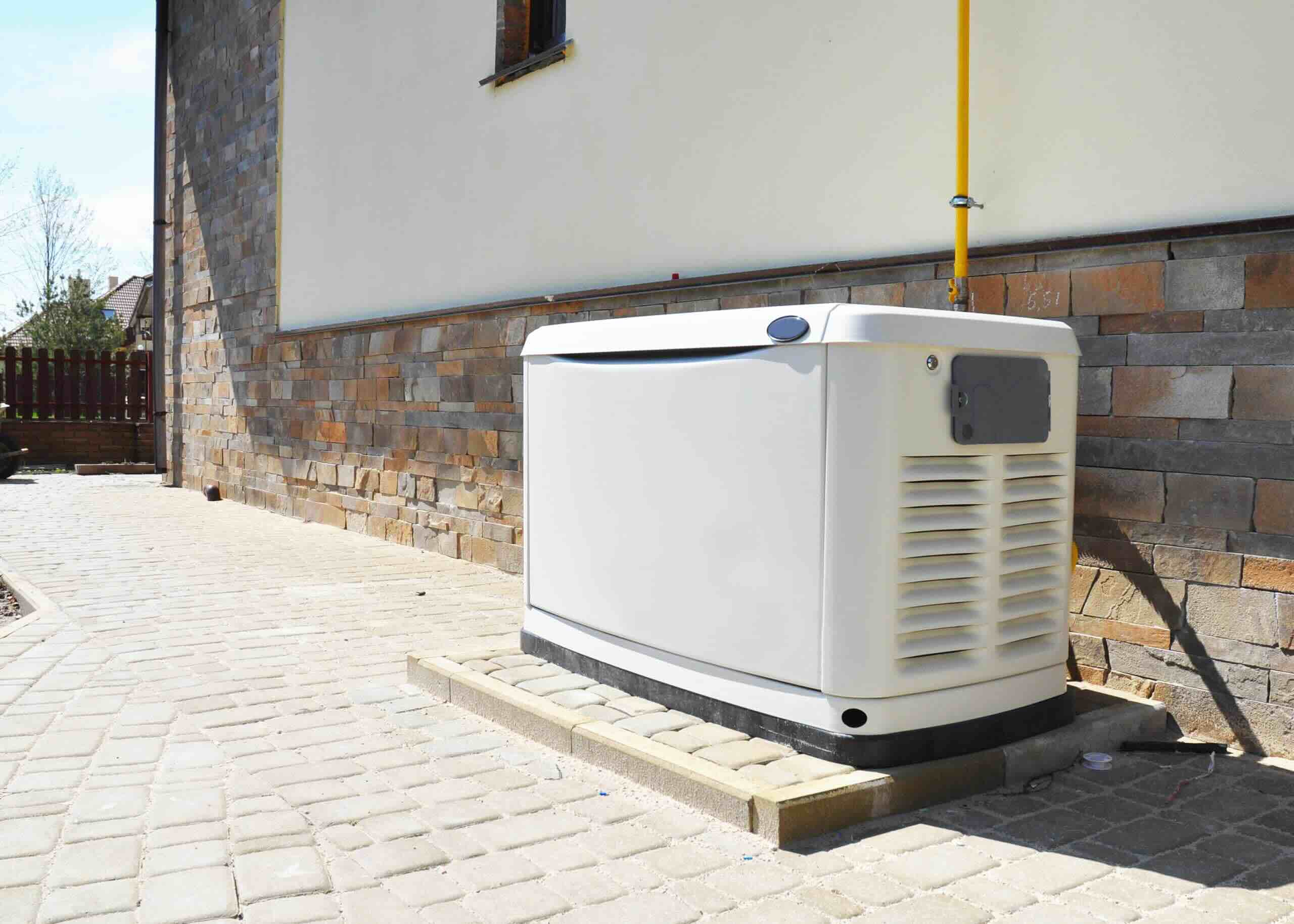

Home Maintenance
What Size Generator Do I Need To Run A Window Air Conditioner
Modified: March 7, 2024
Find out the ideal generator size to power your window air conditioner with our helpful home maintenance guide.
(Many of the links in this article redirect to a specific reviewed product. Your purchase of these products through affiliate links helps to generate commission for Storables.com, at no extra cost. Learn more)
Introduction
Welcome to our comprehensive guide on what size generator you need to run a window air conditioner. Whether you live in a hot and humid climate or just want to keep your home cool during the summer months, a window air conditioner can be a lifesaver. However, you may encounter situations where you don’t have access to the main power grid, such as during power outages or when camping or traveling in an RV. In such cases, a generator can be your best friend, ensuring that you can still enjoy the comfort of an air-conditioned environment.
Choosing the right size generator to power your window air conditioner is crucial. If the generator is too small, it won’t be able to provide enough power to run the unit effectively. On the other hand, if the generator is too big, you may end up paying more for a larger generator than you actually need.
In this guide, we will discuss the factors you need to consider when determining the power requirement of your window air conditioner, as well as how to calculate the generator size needed. We will also provide recommended generator sizes for common window air conditioners to help you make an informed decision.
Keep in mind that every air conditioner has different power requirements, so it’s important to consult the manufacturer’s specifications for your specific model. Additionally, if you’re not comfortable performing the calculations on your own, it’s always a good idea to consult with a professional electrician or HVAC technician.
Now, let’s dive into the factors you need to consider when determining the power requirement of your window air conditioner.
Key Takeaways:
- Choose a generator with a capacity slightly higher than your air conditioner’s power requirement to ensure efficient operation and avoid overloading. Consider start-up surge and additional loads for accurate sizing.
- For common window air conditioners, recommended generator sizes range from 1,500 to 4,500 watts based on BTU ratings. Always consult manufacturer guidelines and consider ambient conditions for accurate sizing.
Factors to Consider
When determining the size of the generator needed to power your window air conditioner, there are several key factors to consider:
- Power Requirement: The first and most important factor is the power requirement of your window air conditioner. This is typically measured in British Thermal Units (BTUs) and can usually be found in the unit’s specifications or on the manufacturer’s website. The higher the BTU rating, the more power the air conditioner will require.
- EER Rating: The Energy Efficiency Ratio (EER) of the air conditioner is another crucial factor to consider. The EER indicates how efficiently the unit converts electrical energy into cool air. A higher EER rating means the air conditioner is more energy-efficient and will require less power to operate.
- Voltage: Check the voltage requirement of your window air conditioner. Most residential air conditioners operate on 120 volts, but some larger models may require 240-volt power. Make sure the generator you choose can provide the required voltage.
- Start-up Surge: Window air conditioners often have a higher power requirement during start-up compared to their normal running power. This is known as the start-up surge. It’s important to factor in this surge power to ensure that the generator can handle the initial power demand without tripping.
- Additional Loads: Consider any other electrical devices or appliances that may be connected to the generator simultaneously. This could include lights, fans, refrigerators, or other essentials. Make sure to account for their power requirements when calculating the generator size.
- Ambient Conditions: The outdoor temperature and humidity levels can affect the air conditioner’s power consumption. High temperatures and humidity may cause the unit to work harder, requiring more power. If you live in a particularly hot climate, it’s a good idea to choose a generator with a slightly higher capacity.
By considering all of these factors, you will be able to determine the power requirement and generator size needed to run your window air conditioner effectively. Next, let’s learn how to calculate the generator size required for your specific air conditioning unit.
Determining the Power Requirement of a Window Air Conditioner
Before you can calculate the size of the generator needed to run your window air conditioner, you need to determine its power requirement. To do so, follow these steps:
- Check the BTU Rating: Find the BTU rating of your window air conditioner in its specifications or on the manufacturer’s website. The BTU rating represents the cooling capacity of the unit and is typically stated as a range, such as 5,000-10,000 BTUs.
- Calculate the Power Requirement: To calculate the power requirement in watts, multiply the BTU rating by 0.293. For example, if your air conditioner has a BTU rating of 8,000, the power requirement would be 8,000 x 0.293 = 2,344 watts.
- Consider the EER Rating: Take the EER rating of your air conditioner into account. Divide the power requirement by the EER rating to determine the actual power consumption in watts per hour. For instance, if your air conditioner has a power requirement of 2,344 watts and an EER rating of 12, the actual power consumption would be 2,344 watts / 12 EER = 195.33 watts per hour.
By following these steps, you can determine the power requirement of your window air conditioner. This information is crucial for calculating the generator size needed to run your unit efficiently. Speaking of which, let’s move on to the next section to learn how to calculate the appropriate generator size.
To determine the size of generator needed to run a window air conditioner, add up the starting watts and running watts of the AC unit, then choose a generator with a capacity higher than the total watts.
Calculating the Generator Size Needed
Now that you know the power requirement of your window air conditioner, you can calculate the appropriate generator size. Follow these steps:
- Add the Start-up Surge: Determine the start-up surge of your air conditioner, which is usually mentioned in the product specifications. This surge represents the additional power required during start-up and is essential to consider to prevent the generator from overloading. Typically, the start-up surge is around 30% to 50% higher than the running power.
- Calculate the Total Power Requirement: Add the power requirement of your air conditioner to the start-up surge. For example, if the power requirement is 2,344 watts and the start-up surge is 50%, the total power requirement would be 2,344 + (2,344 × 0.5) = 3,516 watts.
- Account for Additional Loads: If you plan to run other electrical devices simultaneously with your air conditioner, factor in their power requirements as well. Add up the power consumption of all the devices you intend to connect to the generator.
- Select a Generator Size: Choose a generator with a capacity slightly higher than your total power requirement. It’s recommended to have a generator that can handle at least 20% more power than the combined power consumption of your air conditioner and other devices.
For example, let’s say you have a window air conditioner with a power requirement of 2,344 watts and a start-up surge of 50%. You also plan to connect a few additional devices, totaling 800 watts. In this case, the total power requirement would be 3,144 watts (2,344 + (2,344 × 0.5) + 800). To provide a buffer and ensure the generator can handle the load comfortably, you may want to consider a generator with a capacity of around 3,800 watts or higher.
It’s essential to choose a generator that matches or exceeds the calculated size to avoid strain on the generator and ensure the efficient operation of your window air conditioner. Now that you have a better understanding of calculating the generator size, let’s move on to the recommended generator sizes for common window air conditioners.
Recommended Generator Sizes for Common Window Air Conditioners
When it comes to choosing the right generator size for your window air conditioner, it’s helpful to have some general guidelines. Here are the recommended generator sizes for common window air conditioners:
- 5,000 – 6,000 BTU: For smaller window air conditioners in the 5,000 to 6,000 BTU range, a generator with a capacity of 1,500 to 2,000 watts should be sufficient. This size is suitable for cooling a small room or office.
- 8,000 – 10,000 BTU: For medium-sized window air conditioners in the 8,000 to 10,000 BTU range, a generator with a capacity of 2,000 to 3,000 watts is recommended. This size can efficiently power an air conditioner in a bedroom or living room.
- 12,000 – 15,000 BTU: For larger window air conditioners in the 12,000 to 15,000 BTU range, a generator with a capacity of 3,000 to 4,500 watts is suitable. This size is ideal for cooling a larger living space, such as a master bedroom or open-concept living area.
Keep in mind that these are just general recommendations, and it’s crucial to consult your specific air conditioner’s power requirements and the manufacturer’s guidelines. Additionally, factors like start-up surge and additional loads should be taken into consideration.
Remember, when in doubt, it’s always better to choose a generator with a slightly higher capacity than what’s required to ensure optimal performance and avoid overloading. Investing in a generator that can handle a variety of power needs will provide you with peace of mind during power outages or outdoor adventures.
Now that you have an idea of the recommended generator sizes for common window air conditioners, let’s conclude our guide.
Conclusion
Choosing the right size generator is essential to effortlessly power your window air conditioner and maintain a comfortable living environment. By considering factors such as the power requirement, EER rating, voltage, start-up surge, additional loads, and ambient conditions, you can determine the generator size needed for your specific air conditioner.
Calculating the generator size involves adding the start-up surge to the power requirement, accounting for additional devices, and selecting a generator that can handle the total power consumption with a buffer. It’s always advisable to choose a generator with a slightly higher capacity to ensure smooth operation and avoid overloading.
For common window air conditioners, recommended generator sizes vary depending on the BTU rating. Smaller air conditioners in the 5,000 to 6,000 BTU range typically require generators with a capacity of 1,500 to 2,000 watts. Medium-sized air conditioners in the 8,000 to 10,000 BTU range usually need generators with a capacity of 2,000 to 3,000 watts. Larger air conditioners in the 12,000 to 15,000 BTU range may require generators with a capacity of 3,000 to 4,500 watts.
Remember to always refer to your specific air conditioner’s power requirements and consult the manufacturer’s guidelines to ensure accurate sizing. If you’re uncertain or uncomfortable with the calculations, it’s advisable to seek the assistance of a professional electrician or HVAC technician.
With the right generator size, you can enjoy the cooling relief from your window air conditioner no matter the circumstances—whether it’s during a power outage or while camping in an RV. Stay comfortable and beat the heat with the reliable power of a generator that perfectly matches your air conditioner’s needs.
We hope this guide has been helpful in understanding what size generator you need to run a window air conditioner. Stay cool, and happy generator shopping!
Frequently Asked Questions about What Size Generator Do I Need To Run A Window Air Conditioner
Was this page helpful?
At Storables.com, we guarantee accurate and reliable information. Our content, validated by Expert Board Contributors, is crafted following stringent Editorial Policies. We're committed to providing you with well-researched, expert-backed insights for all your informational needs.

